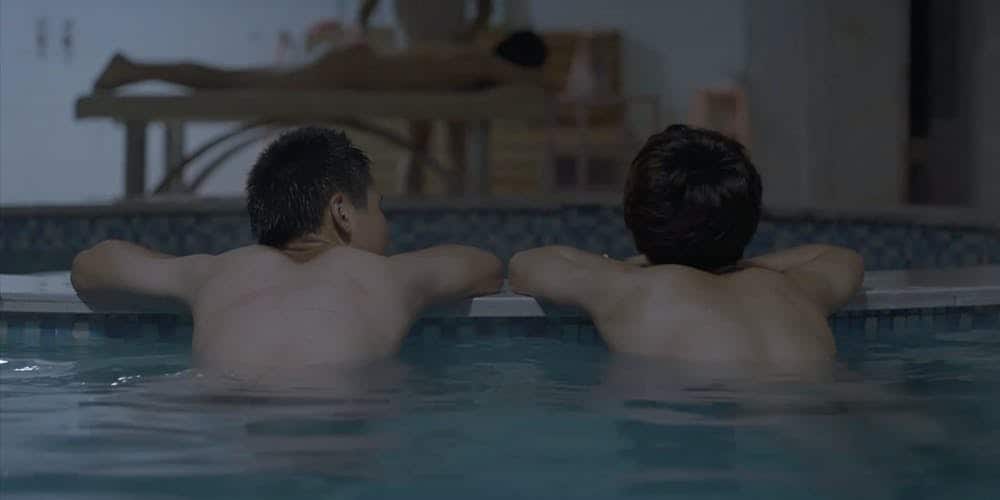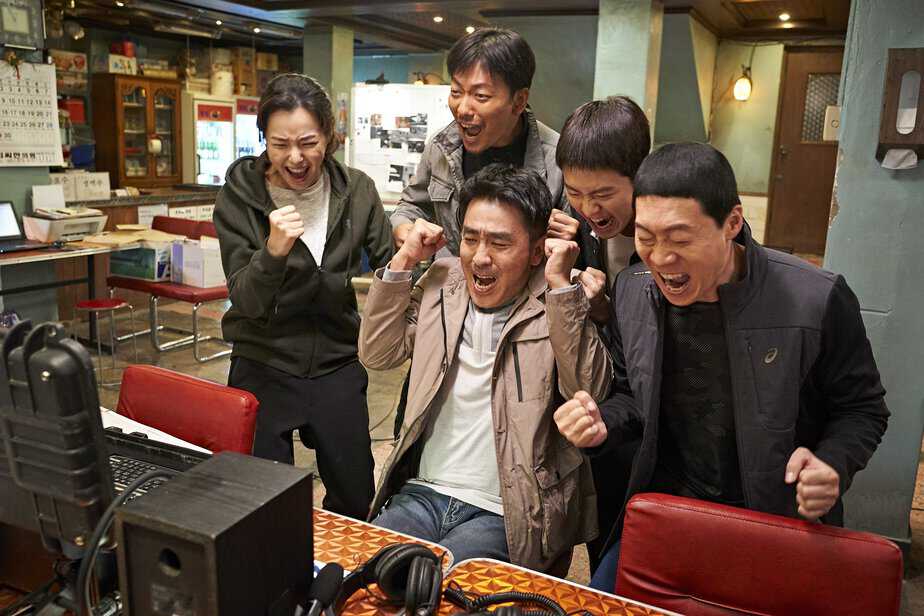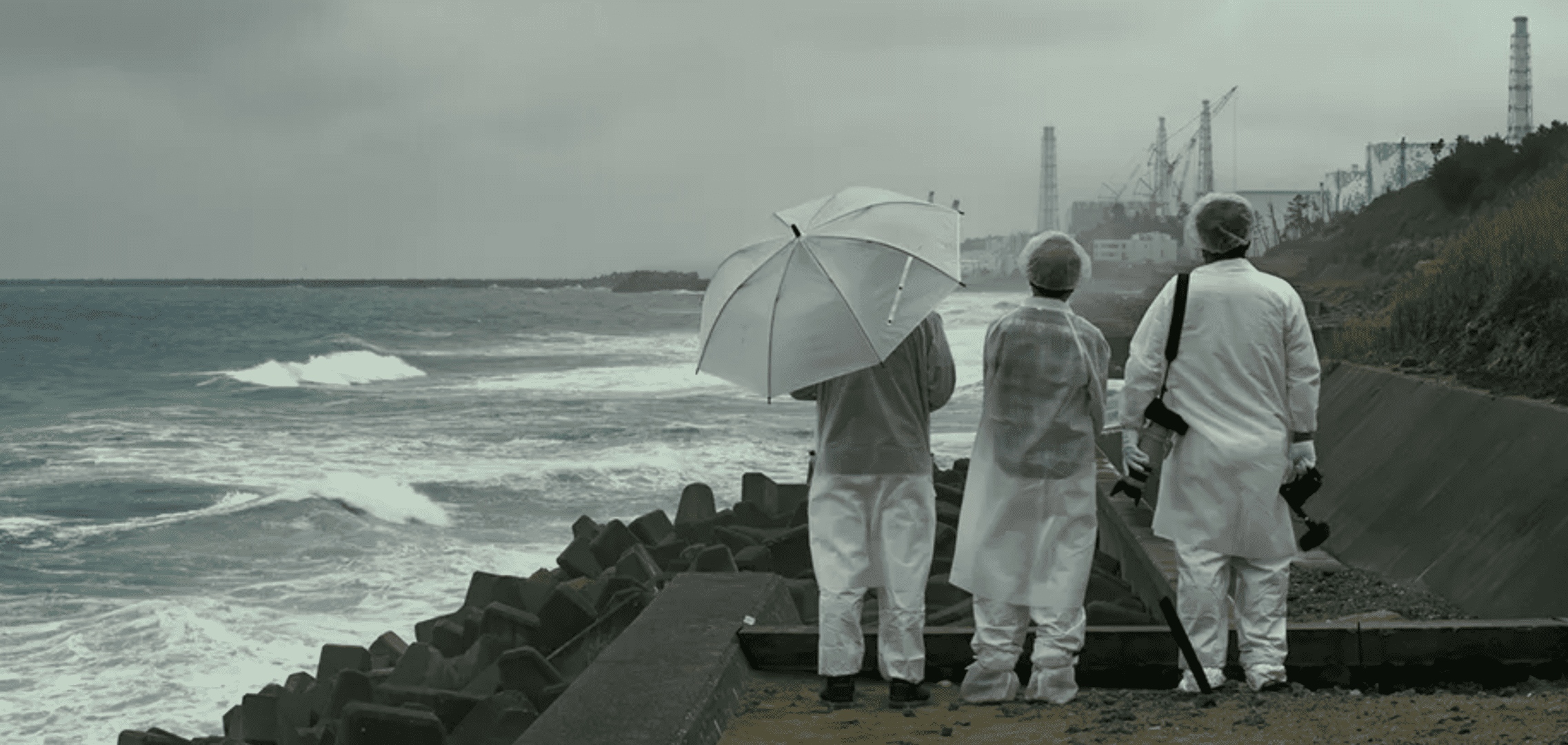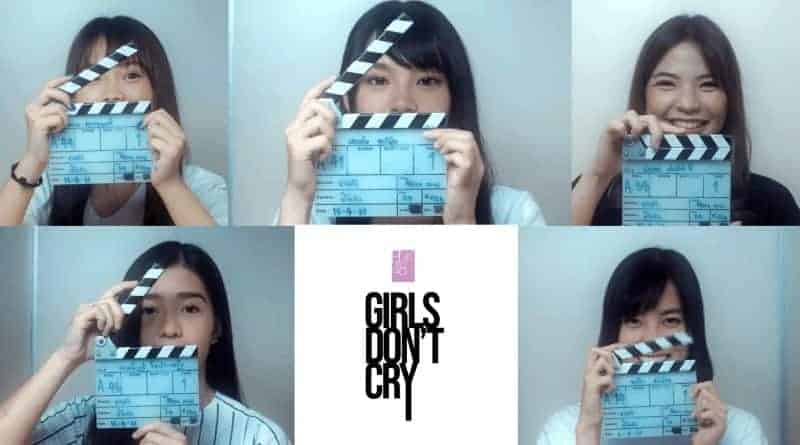Kong Son-hee's “Borderline,” a curious animated allegorical short with an ending that may take one by surprise, makes its world premiere at the New York Asian Film Festival. Without any spoken dialogue, the work shines in the director's usage of shifts between black-and-white and vibrant color as well as his ability to keep the audience guessing until the very end.
Borderline is screening at New York Asian Film Festival
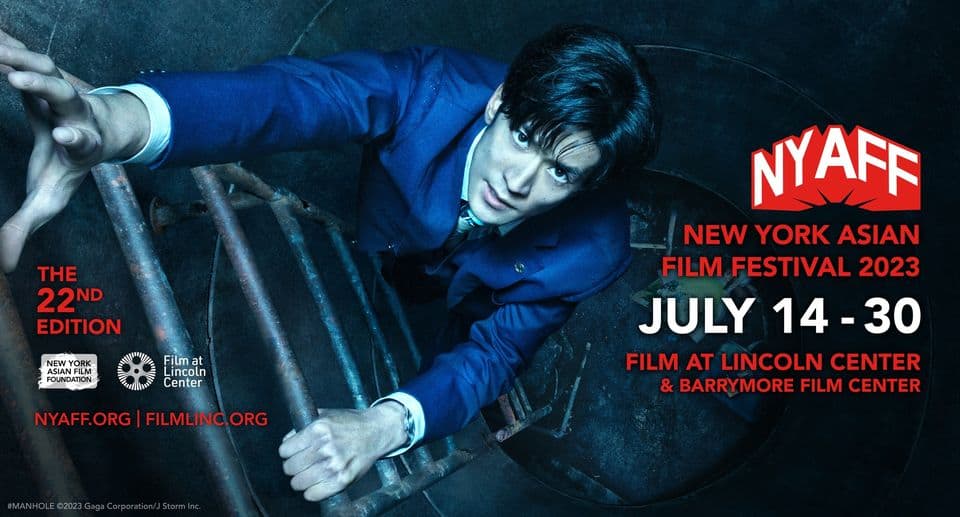
In Kong's film, a young girl wakes up in a dark, menacing space with her limbs twisted before being quickly cut by a sharp object. A fairy appears and helps her escape the environment, although the girl trails behind her a red thread hanging from her wrist. The protagonist carefully begins to open up, although she is still fearful of the world around her. While she is bound for a seemingly joyous future as she moves farther away from her bleak start, the darkness begins to catch up to her, gripping tightly to the thread.
By the end of the film, what seems to be an allegory for perhaps trauma or mental illness turns into something very different and quite unexpected. Partway through, multicolor medication pills come tumbling from the sky, supplemented with gentle piano music, as if seeking to make the darkness disappear. This element immediately breaks the illusion of the allegory, although it also appears to confirm the narrative. Nonetheless, the filmmaker is determined to make the viewer continue wondering about the fate of the protagonist as she trudges up the steps of a tall castle tower, exhausted.
The flick's animation style is geometrically driven with watercolor-like shading and palette, with Kong clinging to bold and contrasting color choices to reflect the protagonist's inner fight. Beginning with almost chiaroscuro-like imagery, “Borderline” moves into a gentler color scheme filled with pastel pinks, yellows, and blues as the young girl continues on. The sound design is both immersive yet often perplexing, reflecting three layers: ambient orchestral background music, shimmery sound effects that convey changes in the protagonist's environment, and the protagonist's vocalizations itself. The former two work effectively in tandem but are never intrusive, appropriately providing texture for the girl's environment. However, the grunts and mewls from the young girl, voiced by Kim Eun-hye, are sometimes quite distracting in an attempt to replace words.
The meaning of the film's title becomes apparent only at its final moments as the girl's fight against the darkness chasing her comes to a close. Bolstered by its vivid color palette, Kong Son-hee's “Borderline” is able to keep the viewer engaged long enough just to reveal the piece's true underbelly.




